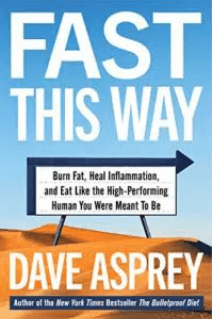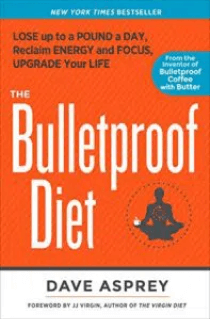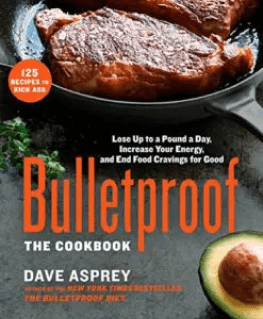
[tldr]
- Gout is a form of arthritis characterized by uric acid crystals forming in the joints.
- Gout used to be called a “disease of the rich,” linked to overindulging in meats, sugars and wines.
- Cases of gout have more than doubled in recent decades, and are highly correlated with metabolic disorders.
- Avoiding oxalates, fructose, alcohol and high-sugar diets can help prevent gout.
[/tldr]
Gout is a form of inflammatory arthritis caused by excess uric acid in the blood, which can deposit as sharp crystals in joints and connective tissue. The condition causes pain and swelling in the joints, often starting in the big toes. Gout can be chronic or show up in separate episodes.
Cases of gout have more than doubled in the last 20 years, and more and more of these new cases are correlated with cases of hypertension, diabetes, kidney disease and extreme obesity.[ref url=”http://www.jrheum.org/content/45/4/574″] For years, gout patients were told to avoid animal protein (especially organ meat), putting diets such as Paleo or Bulletproof under scrutiny.
Could your Bulletproof Diet, with nutrient-packed organ meats and seafood, actually be putting you at risk for gout? New research points to “no.” It turns out, fructose, alcohol, and high insulin levels may have more to do with developing gout than experts previously thought. Learn more about how your diet plays a part in gout, and why the conventional approach may be misguided.
What is gout?
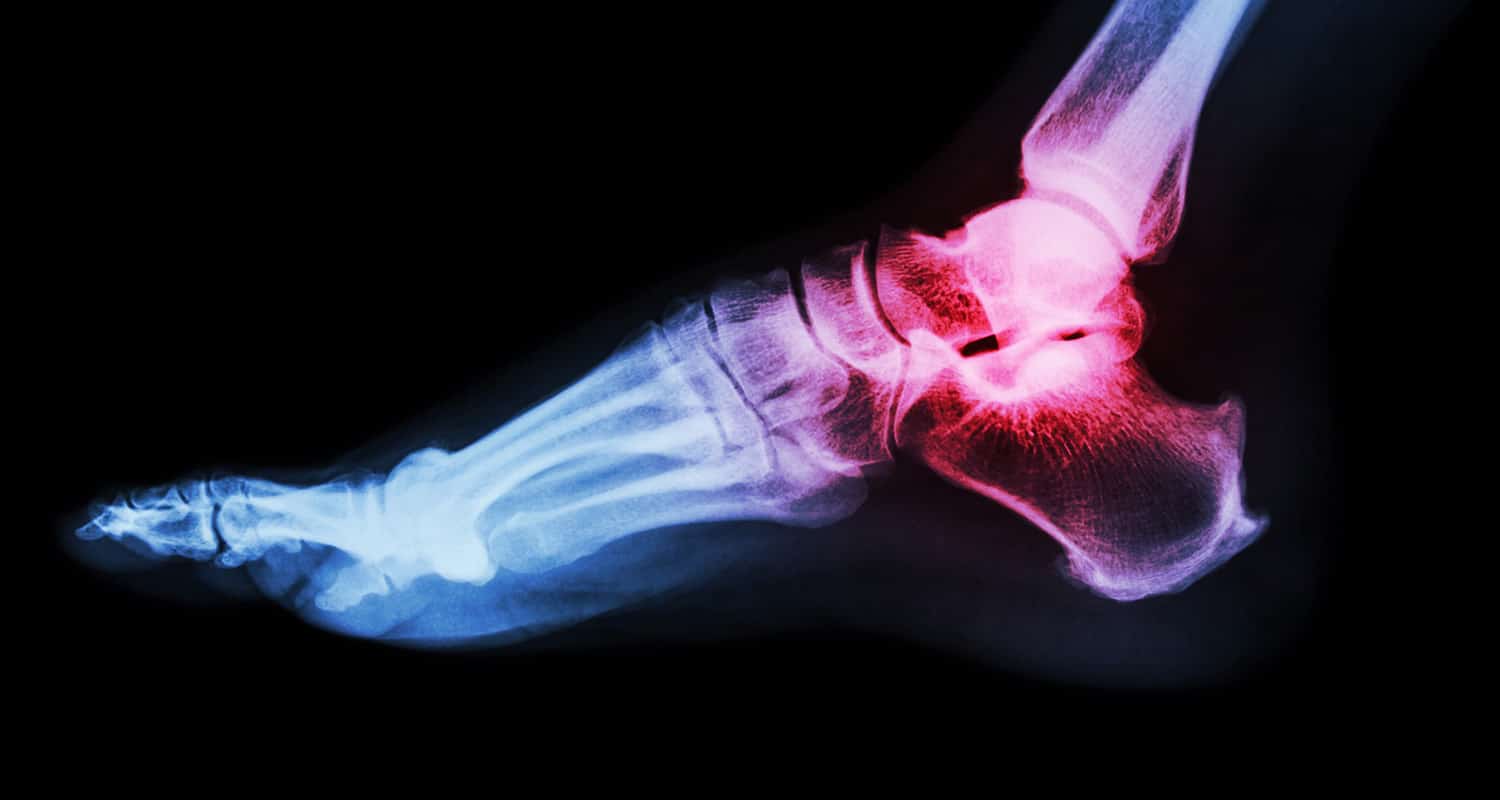
In small amounts, uric acid acts as a beneficial antioxidant in your bloodstream, but in excess, too much uric acid can form crystals that embed themselves in your joints and connective tissues. This feels about as good as you’d expect for sharp crystals lodged in your joints: not fun. Uric acid crystallization also forms a common type of kidney stone.
Gout symptoms
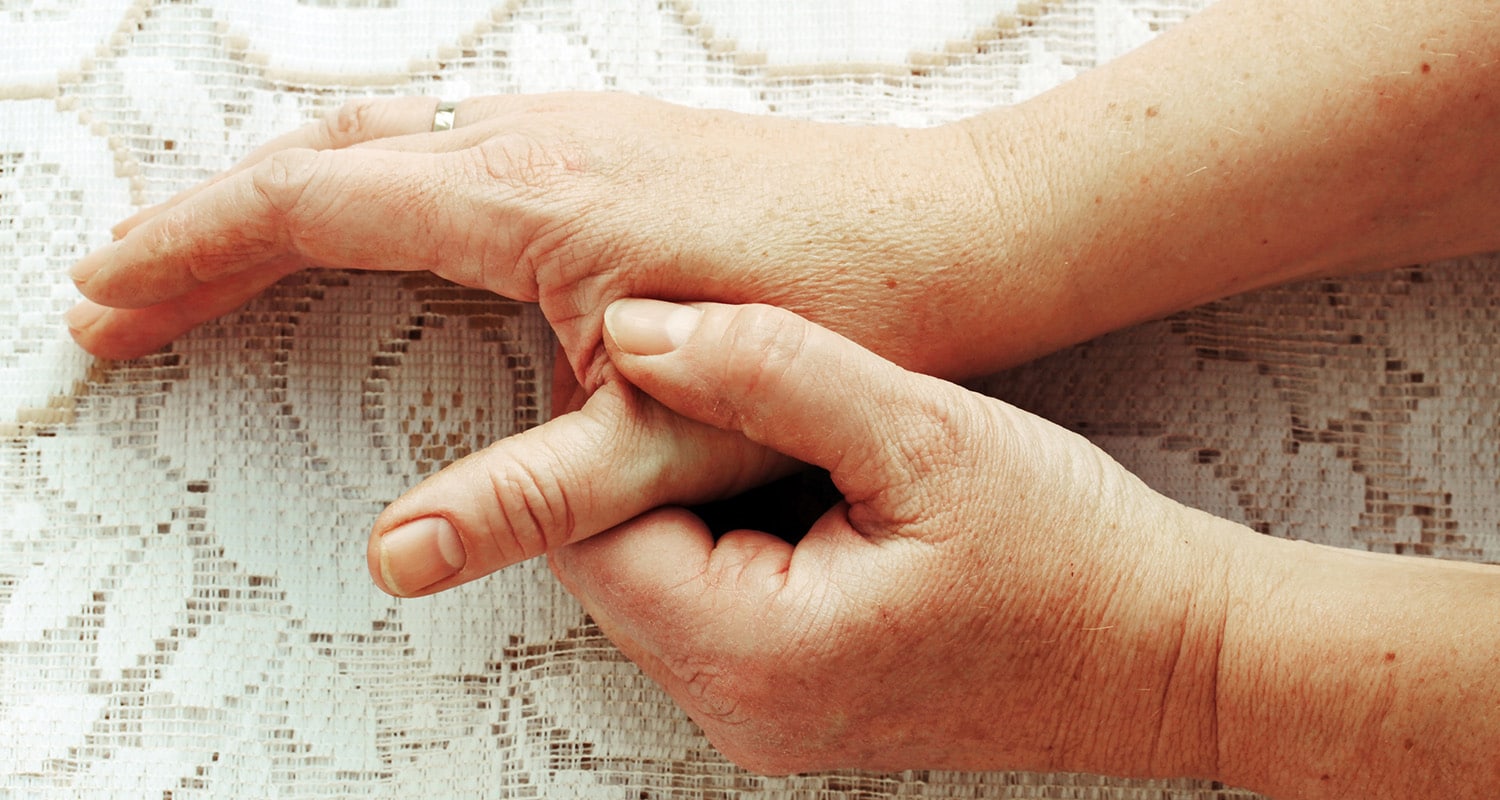
Symptoms of gout include severe and sudden pain, tenderness, redness, and swelling in the joints. Attacks can come suddenly, often at night.
The swelling and pain are fierce and last a few days to a week or more, or can even stick around as chronic gouty arthritis.
Fortunately, gout is strongly linked to dietary choices, making it one of the most treatable types of arthritis.
Related: Arthritis Symptoms: 7 Natural Ways to Get Relief
Gout and diet — what’s the connection?
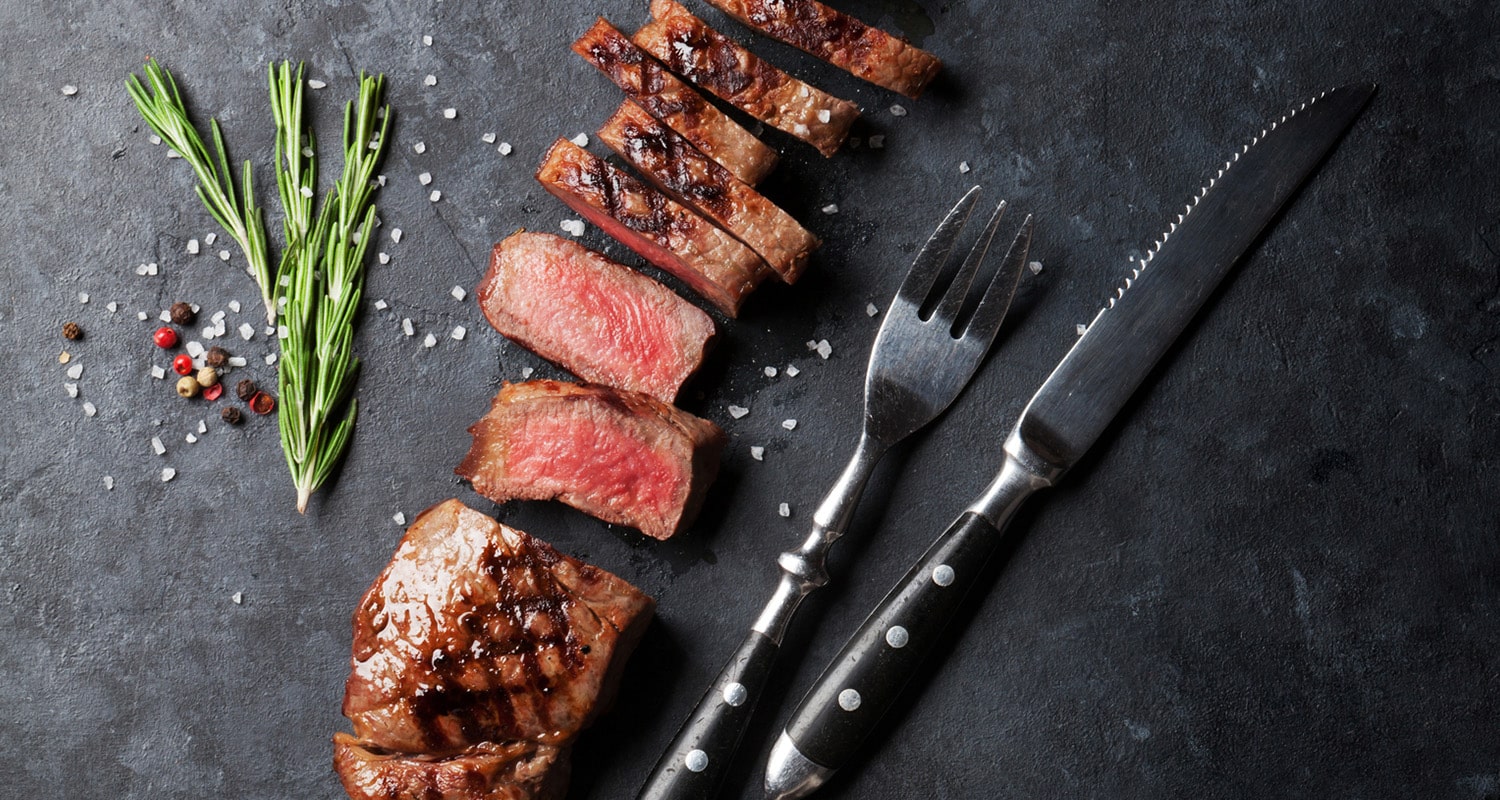
When scientists discovered that purines made the fuel for uric acid, the advice seemed to make sense. Doctors believed (and many still do), that to solve gout, patients simply needed to eat less purine-containing foods, like organ meats, seafood, and other fatty animal protein. They assumed that fewer purines to digest meant less uric acid, and less uric acid meant less gout.
Turns out this theory has some holes. To start with, only about one-third of the uric acid in your body comes from dietary purines; the remaining two-thirds is actually produced by purines from your body itself.[ref url=”https://www.ncbi.nlm.nih.gov/pmc/articles/PMC4105384/”] Studies have found that diets high in purines cause only slight and temporary increases in uric acid, less than 2 mg/dL of blood.[ref url=”http://www.jrheum.org/content/jrheum/29/7/1350.full.pdf”] So while it’s true that a diet high in meat is linked to higher uric acid levels (remember, linking isn’t the same as causing), that increase is very small.[ref url=”https://www.ncbi.nlm.nih.gov/pubmed/15641075″] On the other hand, other studies show that increasing protein intake can actually lower your levels by increasing your excretion of uric acid.[ref url=”https://www.ncbi.nlm.nih.gov/pubmed/7390374″]
Foods to avoid with gout
If you’re not convinced that abandoning some of the most basic foods in a primal or paleo diet — seafood, fatty meats, and organs like liver — is the best way to beat gout, good.
More recent studies point towards alcohol consumption and sugars, especially fructose, as the real culprits, part of the reason why more and more modern cases of gout are coupled with metabolic disease, diabetes, and insulin problems.
Sugar
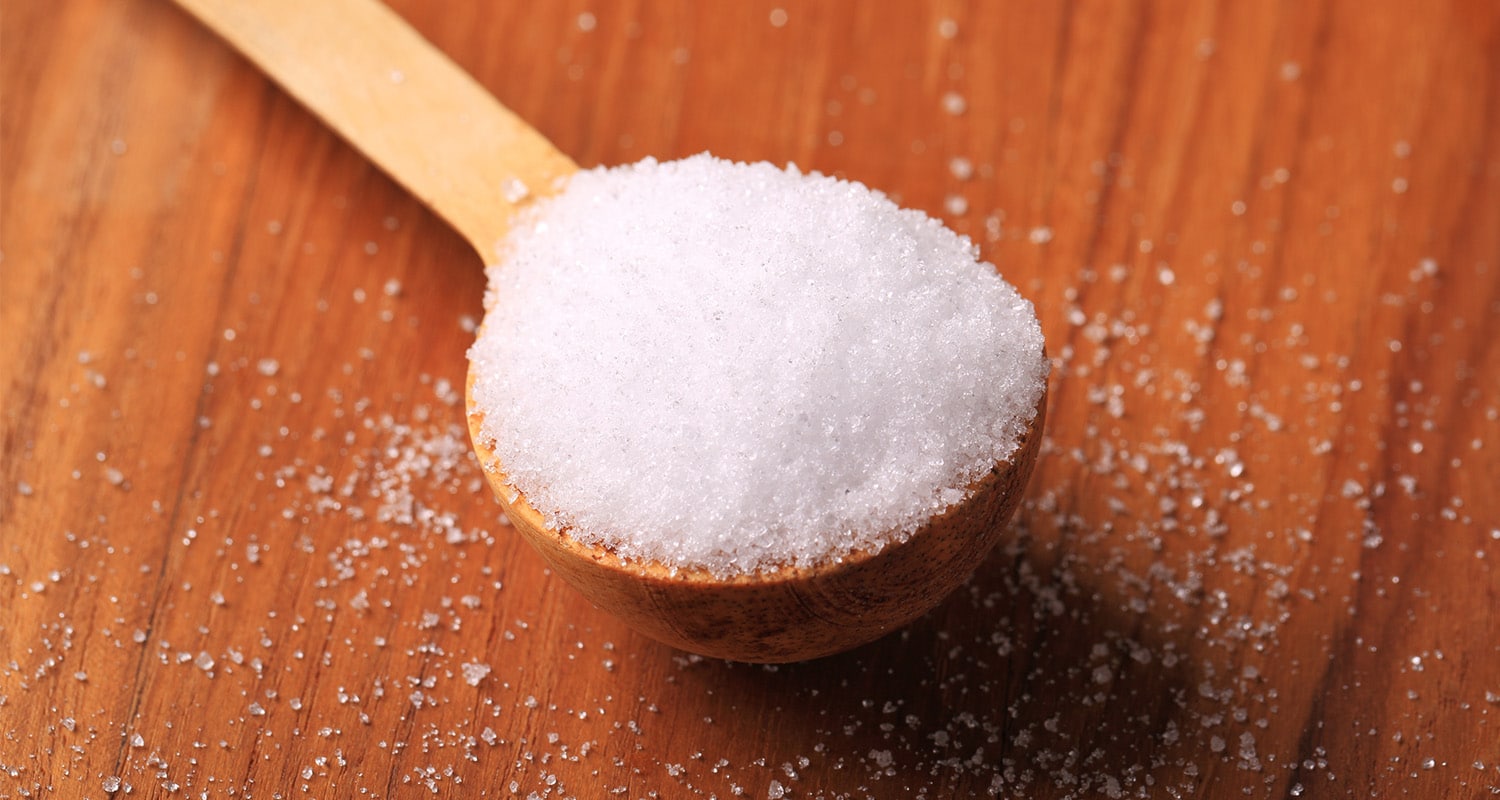
Beyond spiking insulin, sugar can feed unfriendly bacteria in your gut. Some of these sugar-hungry species actually produce more uric acid as they digest foods. Sugar also increases inflammation in the body, which can aggravate gout and other arthritis. If you’re experiencing symptoms or arthritis runs in your family, kick your sugar habit immediately if you haven’t already. Your joints will thank you.
Fructose
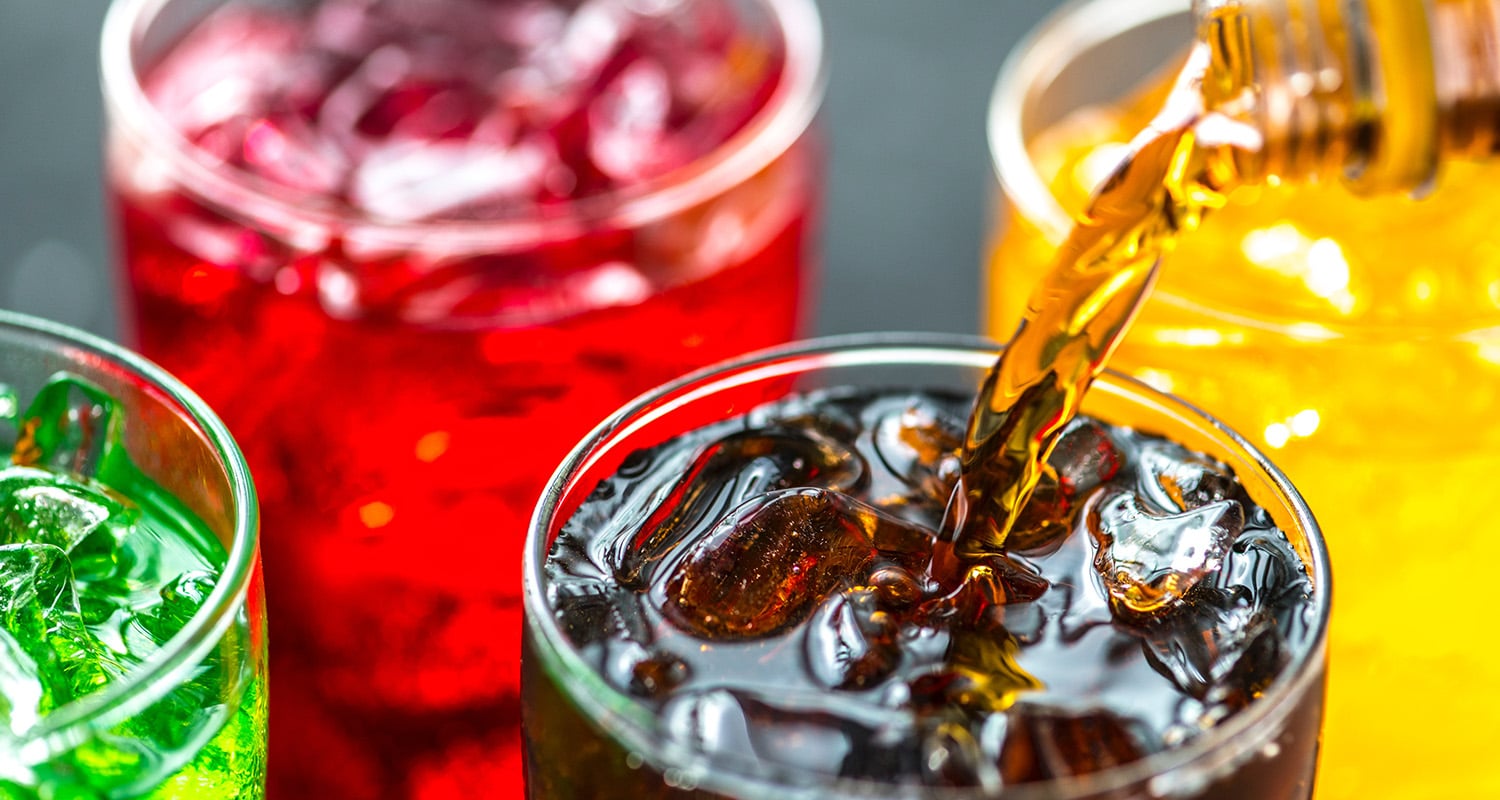
Studies using fructose-sweetened soda (an easy way for researchers to look at fructose consumption) back this up. One study found that as little as .5g/ kg body weight of fructose could trigger this effect on purine metabolism- that’s about 1 can of soda for an average adult. [8] In another study, participants drinking anywhere from half to four servings of soda a day all showed increased uric acid in their blood.[ref url=”https://onlinelibrary.wiley.com/doi/full/10.1002/art.23245″]
Fortunately, soda’s off the table on The Bulletproof Diet. Listen to Dr. Mark Hyman on Bulletproof Radio to learn more about the dangers of fructose.
High-oxalate foods

When oxalates bind to calcium in your blood, they form tiny, sharp oxalic acid crystals which can deposit anywhere in your body and cause pain. When this happens in the kidneys, you end up with kidney stones. Oxalates also cause a condition in women called vulvodynia, which leads to painful sex because of oxalic acid crystals in the labia.
A lesser-known mechanism of gout is when crystals make their way into the joints, particularly the joints of the feet and toes. Depending on where they are, the crystals can cause severe pain and they will remain in place until the body dissolves them.
If you’re sensitive, stay away. If you’re moderately sensitive, cooking high-oxalate vegetables will reduce the oxalic acid content. Consuming magnesium and calcium helps too, as those minerals have an affinity for oxalic acid molecules and snap them up before they get to your bloodstream.
Alcohol

Similar to fructose, alcohol accelerates purine production and digestion in the body. Alcohol digestion also impairs your kidney function, which reduces your body’s ability to get rid of uric acid as it is produced. For patients already on uric-acid reducing drugs, alcohol can also reduce the effectiveness of these medications.[ref url=”http://www.jrheum.org/content/jrheum/29/7/1350.full.pdf”]
Related: How to Quit Drinking for Good
Natural gout remedies and treatment
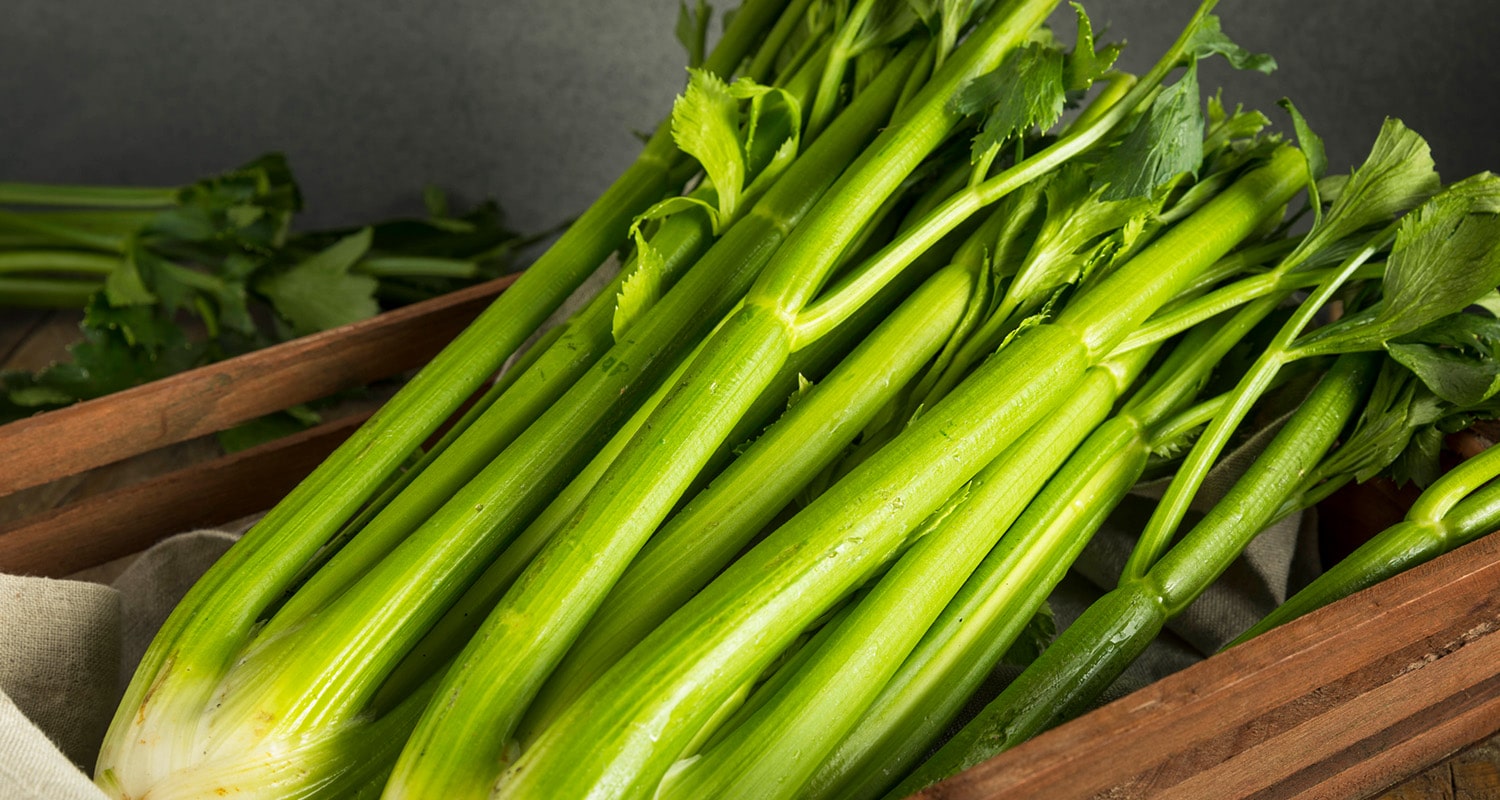
Drink water: It’s also important to stay hydrated, to allow your body to excrete uric acid through your urine. (Yep, that’s why it’s called uric acid).
Take vitamin C: To reduce uric acid levels, make sure your diet includes enough vitamin C, or try adding a supplement. Several studies show that a daily dose of 500mg vitamin C can significantly lower uric acid levels.[ref url=”https://www.ncbi.nlm.nih.gov/pubmed/15934094″]Plus, vitamin C is a very safe supplement: because it’s water-soluble, your body can get rid of any extra in your urine.
Take potassium citrate: Potassium citrate is another supplement that can help lower uric acid levels. Commonly used to prevent kidney stones (which can also be formed by uric acid), potassium citrate acts by increasing the pH of your urine, making it more alkaline and preventing crystals from forming.[ref url=”https://www.ncbi.nlm.nih.gov/pubmed/28073209″] In this episode of Bulletproof Radio, ketone expert Dr. Richard Veech recommends supplementing 50mg capsules to help your kidney excrete the uric acid.
Supplement with collagen: Consuming collagen protein can help metabolize purines, as it contains glycine. Glycine acts as a nitrogen and carbon donor, which is a key step in the complex process of breaking down purines. You can get collagen from a high-quality bone broth or a hydrolyzed collagen powder, like Bulletproof Collagen Protein Powder.
Consider herbal treatments: A number of herbal remedies may also help in treating hyperuricemia. Both cherries and celery are known to help prevent gout.[ref url=”https://www.ncbi.nlm.nih.gov/pmc/articles/PMC3510330/”] With more research, products such as longan seed extract, bergenin, and green tea polyphenols may be useful due to their ability to reduce the activity of the enzymes needed to make uric acid.[ref url=”https://www.ncbi.nlm.nih.gov/pmc/articles/PMC5099468/”]
Cook cruciferous vegetables: People with hyperuricemia or gout also tend to be more susceptible to uric acid or oxalate kidney stones. In this case, it helps to avoid eating high-oxalate foods, such as raw cruciferous vegetables such as broccoli, cauliflower, brussel sprouts and cabbage. Fortunately, steaming these vegetables reduces their oxalate load. If you’re especially sensitive, avoid them altogether.




